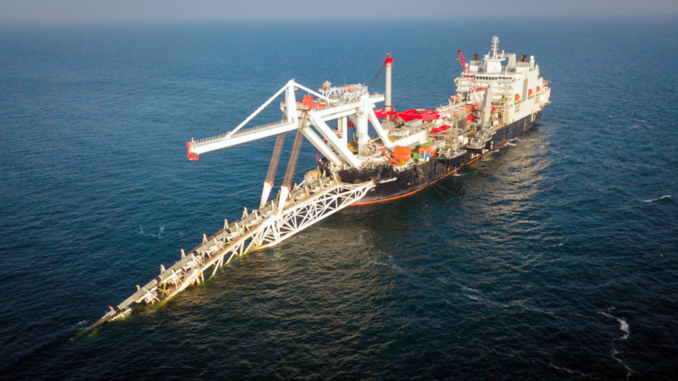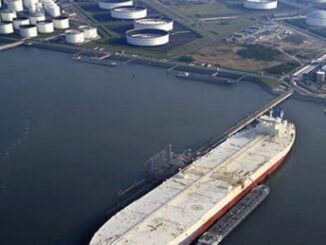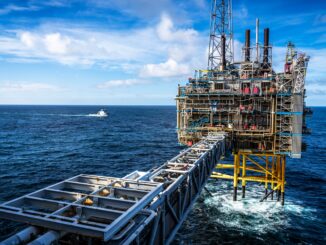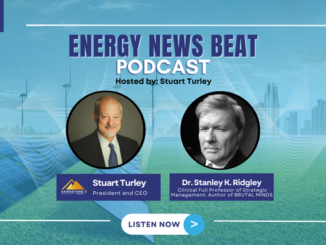
The European gas market has never been in a more precarious state, with curtailed Russian supplies prompting numerous EU states to trigger emergency gas plans, a first step toward rationing.
With Russian supply via Nord Stream at just 40% of capacity, and deliveries to be halted completely for annual maintenance on July 11-21, the outlook for near-term Russian gas supply to Europe appears bleak.
Germany has also warned of the risk that Nord Stream may not return at all following the maintenance.
Russian supply to Europe is at record lows and is set to remain constrained through the third quarter.
Russian flows via Ukraine are limited after Kyiv declared force majeure for deliveries at the Sokhranivka entry point in May, while exports via Yamal-Europe are zero after political interventions by both Russia and Poland.
Only TurkStream flows continue unhindered, but supplies via the route to Europe have averaged only 32 million cu m/d this year, and it only serves markets in southeast and central Europe.
The low Russian deliveries in the wake of Moscow’s invasion of Ukraine have led to urgent calls for energy savings, though no countries have yet resorted to enforced rationing.
Germany is the closest to declaring a full-on emergency, and could trigger its final crisis alert level in Q3 if Russian gas flows remain low or are further reduced and prices stay high.
The TTF day-ahead contract averaged Eur99/MWh in the first half of 2022, according to S&P Global Commodity Insights data, compared with an average of just Eur22/MWh in the same period of 2021.
High prices are also set to hit European gas demand in Q3.
“A longer period of disrupted Russian flows and Gazprom failing to meet its customer nominations in August and September will necessitate a further lowering of European demand,” Platts Analytics’ managing analyst James Huckstepp said.
“High prices are ensuring this, but demand switching and destruction will also be enabled by policy such as allowing for the return of coal-fired power generation,” Huckstepp said.
Related infographic: Europe on brink of gas crisis as Russia squeezes market
He said the key supply trend for Q3 would be replacing Russian gas, which is forecast to out-turn 140 million cu m/d below its three-year average.
Huckstepp also warned that with the US Freeport LNG outage set to continue through Q3, and significant levels of Asian demand destruction already accounted for, there is little further upside.
The EU wants to reduce its Russian gas imports — with Moscow’s own actions already helping Brussels to meet its goals — with LNG set to replace a large chunk of Russian supplies.
Platts Analytics expects 337 million cu m/d of LNG supply in Q3 2022, up from 196 million cu m/d in Q3 2021.
The US in particular has increased exports to the EU significantly so far in 2022, though the extended outage at Freeport will keep a lid on potential exports.
Poor nuclear negates gas efforts
In the power sector, meanwhile, efforts to reduce gas-for-power demand are being constrained by record-low nuclear availability and sub-par hydro resource.
Gains in wind and solar generation, projected to rise by 12 GW year on year in Q3 assuming average weather conditions, will be dwarfed by a 15 GW year-on-year drop in nuclear due to French outages and closures in Germany, according to Platts Analytics.
Lower hydro stocks may cut generation by another 6 GW across Europe’s main markets, only partially offset by a 3-GW year-on-year hike in coal and lignite generation, boosted by removal of run-time restrictions for Dutch coal and some reserve units returning in Germany.
“While the release of coal capacity back into the market ahead of winter will help Europe fill its gas stocks, the summer still poses many challenges whether that be the ongoing tightness in French nuclear or the risk of hot, still, dry weather conditions,” Platts Analytics’ head of European power analysis said.
Q3 demand is forecast 1%, or 3 GW, lower on the year with the impact of record-high prices yet to have a demonstrable impact on consumption.
Gas-for-power demand remained stubbornly high in the first half of 2022, with Spain and the UK net exporting into Continental Europe’s premium markets. For Q3, Platts Analytics sees West Europe gas generation declining by just 2 GW year on year.
Start-up of the 1.2 GW France-Italy interconnector across the Alps is set to link Europe’s two premium markets during the quarter, while flows from Spain up into France are set to remain strong due to Iberia’s gas-for-power cap.
Cheaper NBP gas in the UK and growing offshore wind output, meanwhile, sees Platts Analytics forecasting net UK exports to the Continent until August.
The risk of market intervention remains high in the event of further gas supply shocks, potentially capping prices. Liquidity in power trading is low with the sector all but battened down.
Slight downside risk for carbon
Carbon prices under the EU Emissions Trading System are facing a slight downside risk in Q3 due to possible agreement on extra auction supplies and economic uncertainty.
EU Allowances for December 2022 delivery are forecast to ease to Eur79.50/mtCO2e on average in July, and to Eur78.50/mtCO2 in August before rising to Eur81/mtCO2 in September, according to S&P Global Commodity Insights’ Platts Analytics in a monthly report June 21.
That compares with an average price of Eur83.85/mtCO2e in June and Eur83.73/mtCO2e in the second quarter, according to Platts price assessments.
Platts Analytics noted the bullish influence of the policy side after the European Parliament on June 22 agreed its negotiating position on the European Commission’s proposed EU ETS reforms for the period to 2030.
The parliament backed a 63% emissions reduction target under the EU ETS by 2030, compared with the EC’s original 61% proposal. The EU Council then agreed its position June 28, which more closely followed the EC’s proposal.
The two institutions need to agree a common position for the draft to become law, with talks set to start in the second half of 2022.
However, other factors could negate the bullish price influence of the legislative process, including measures that could temporarily increase the supply of allowances.
“The pressure for a bearish EUA trend remains as plans announced by the European Commission to auction around 250 million allowances, split evenly over four years, to raise money to support the EU’s REpowerEU plan continue to be debated,” Platts Analytics said in the report.
Other sources also underlined the price risks for carbon in Q3.
In a research note June 23, Germany’s Commerzbank said it expects carbon prices to trend sideways but with day-to-day volatility in the near term.
Possible upside risks include signs of agreement on a more ambitious position on EU ETS reforms by the EU Parliament and Council.
Downside risks include possible agreement on bringing additional auction volumes to market, as well as a further deterioration in the macro-economic picture.
Source: Spglobal.com



